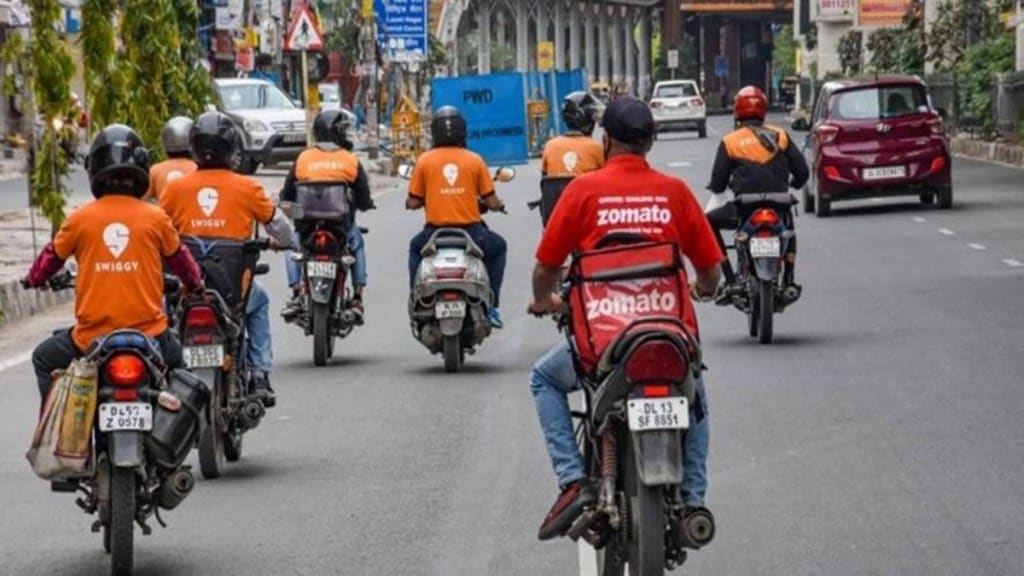While quick commerce platforms are generating 6-8% purely incremental consumption, the rest of their sales are coming at the expense of modern trade and e-commerce, followed by general trade outlets or kiranas, according to a report by global consulting firm Kearney.
Earlier, only about one-third (33%) of frequent shoppers preferred online platforms for their daily purchases, but this share has surged dramatically to 87%, largely driven by the convenience and instant gratification offered by quick commerce.
However, the shift is not consistent across all categories. In the initial growth phase, food categories, particularly staples, led adoption, challenging the notion that quick commerce is primarily for top-up purchases. Still, within the food category, consumers continue to prefer buying fruits and vegetables offline.
Adoption has surged in impulse-driven segments such as snacking and confectionery, with items like munchies, chocolates, and cold beverages being purchased more frequently. Similarly, the festive and gifting segments have also seen strong growth, as quick commerce caters to the urgency of last-minute purchases for special occasions.”We are witnessing a broader evolution in consumption patterns, with quick commerce driving incremental growth and premiumisation in some areas,” said Ankur Singh, Partner, Consumer and Retail at Kearney India.
What has aided this adoption is the higher pricing discount offered by quick commerce platforms compared to Kirana stores. That said, across all sales channels, modern trade chains and e-commerce platforms consistently provide the deepest discounts, as they can optimise costs through larger delivery sizes and higher-value baskets. The effective discount in quick commerce drops by about 200 to 250 basis points after accounting for delivery and handling fees, making it cost-effective only when compared with kirana stores, the report noted.
All four major quick commerce platforms offer overall discounts ranging from 5.6% to 9% on key categories (excluding fruits and vegetables), while a new entrant is offering a significantly higher discount of around 17% in these categories.
While quick commerce platforms are eating away share from other channels, they are also reshaping the job market by accelerating the shift toward a gig-based workforce. Quick commerce has the ability to generate nearly as much employment as general trade stores. The report noted that general trade is the most labor-intensive channel, employing 63 to 66 people per INR crore of monthly gross merchandise value (GMV), while quick commerce generates 62 to 64 jobs per INR crore of monthly GMV, significantly surpassing modern trade (41 to 42 jobs) and e-commerce (25 to 29 jobs).
Last-mile logistics dominates quick commerce’s employment mix (46 out of 62 employees per INR crore of monthly GMV), in stark contrast to e-commerce (13 to 15 employees) and modern trade, where last-mile roles are minimal. While this shift benefits workers in the form of supplementary income generation and distributes employment across urban and semi-urban areas, the report adds that it also requires policy considerations around labour rights, social security, and income stability.

